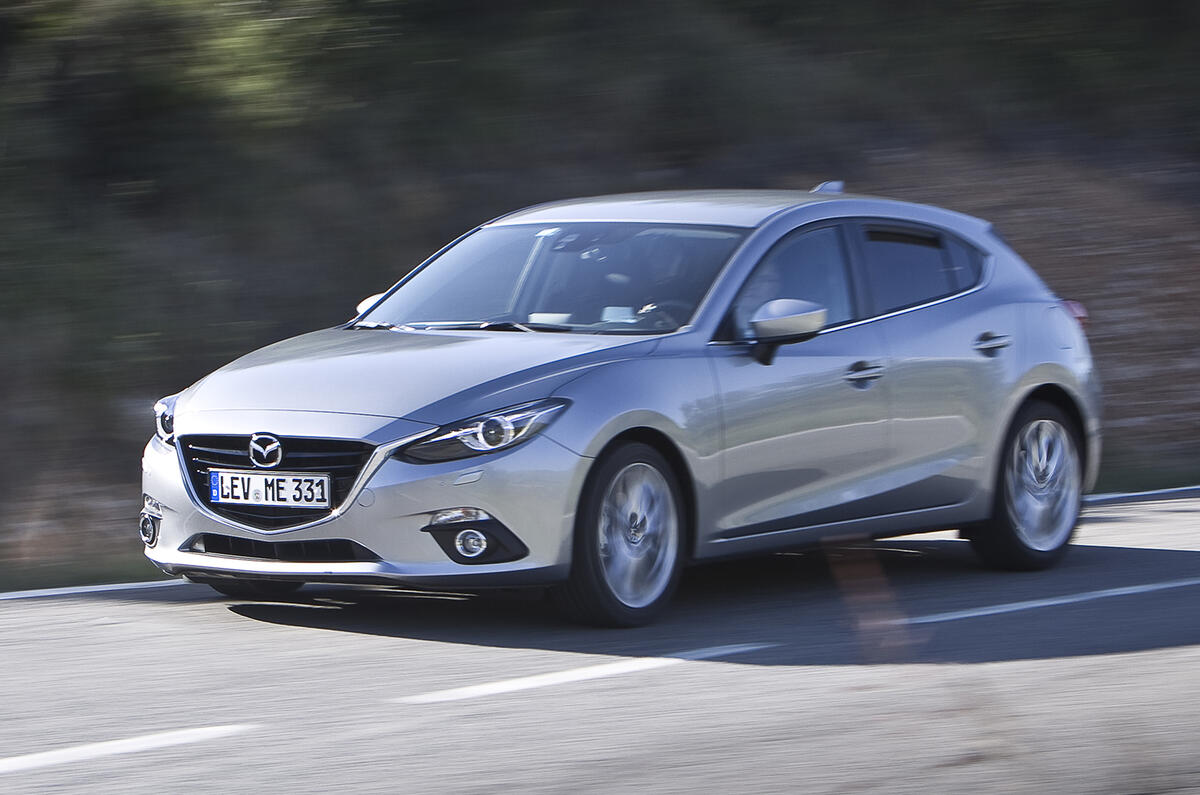For the group of about 80 European journalists that Mazda has assembled in Tokyo, a significant point of our visit was a technical briefing from four of the company’s top engineers.
If you’ve ever wondered how Japanese car companies garnered their reputation for attention to detail, attending one of these briefings explains a lot.
In fact, as I write this blog in my hotel room, I am wading through a 32-page technical presentation festooned with graphs and charts enticingly titled ‘Temperature and Pressure at TDC*’, ‘Heat Release @2000rpm/BMEP=600kPa’ and ‘What is Adiabatic Combustion?’.
Engineers are king in most Japanese car companies, so today’s briefing is on their terms, a solid couple of hours delving into the deepest workings of the internal combustion engine. And thoroughly absorbing it is, too, even if the main message remains hidden until a pointed question-and-answer session shakes everyone up.
Mazda is keen to explain its ideas for future powertrain developments, partly because it is proudly ploughing its own technical furrow.
This is mainly down to necessity. Mazda is a comparatively small car company with about 1.2 million annual sales and without partners to lean on, it has to focus R&D cash in as effective a direction as possible.
Hence its streamlined range of petrol and diesel engines, inevitably bundled under the ubiquitous ‘SkyActiv’ banner, that share hardware to cut manufacturing and development costs.
Mazda is also too small to develop its own hybrid, so the Mazda 3 that I drove in Yokohama, is Gen 1 Toyota Prius hardware grafted onto a SkyActiv two-litre petrol engine.
Given that Mazda identifies Europe’s regulatory regime as the toughest in the world for tailpipe emissions, it seems strange that the hybrid won’t be sold in Europe. And neither will it follow the trend towards down-sized, soft-turbo petrol engines.
Instead Mazda reckons it can hit the 2020 EU 95g/km fleet target without both by pinning its hopes on HCCI — homogenous charge combustion ignition — versions of conventional engines.
An HCCI engine burns petrol but ignites the mixture without a spark plug, just like a diesel, which brings improvements in the speed and efficiency of the fuel mixture burn, possibly improving fuel economy by up to 20 per cent.
Mazda won’t commit to a date for the introduction of the first HCCI, but it will contribute to hitting the 2020 EU deadline.
Watching this unique powertrain strategy play out will be fascinating.




Join the debate
Add your comment
Clearly Mazda need a brand
Perhaps Toyota didn't allow that!
HCCI engines
HCCI engine